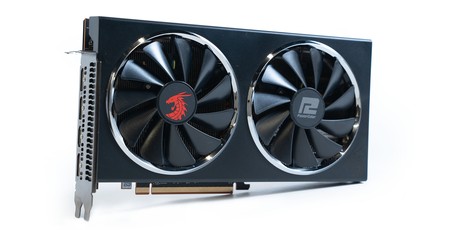
Conclusion
AMD’s marketing that positions the RX 5600 XT as the ‘ultimate’ 1080p gaming card is well founded. It handled everything we threw at it at this resolution without issue and obtained >60fps on average in all but one title. AMD now has a compelling card for gamers sticking to 1080p (still by far the most popular resolution) with a strict £300 budget, and for once that doesn’t come with the usual trade-off in efficiency; this is actually AMD’s most power-efficient showing for some time.
Nvidia’s RTX 2060 price cut has vastly improved its own sub-£300 offerings too, however. It’s a little faster overall (three percent at 1080p), but also a bit pricier and less efficient, so the market is mostly well aligned on price and efficiency. Both are great choices, then, and the game-to-game differences could easily swing it one way or another depending on which titles are most important to you.
To our eyes, the RTX 2060 is more future-proof, however. Its support for real-time ray tracing is one aspect, but our main concern about the RX 5600 XT relates to its memory/bandwidth deficiencies (even at 14Gbps), which are already being exposed at 1440p and 4K in tests which do not seem to affect the RTX 2060 in the same way. With next-gen consoles specs in mind, it’s reasonable to assume that there could be a fairly rapid surge in memory/bandwidth demands in next-gen titles (as well as an increase it games with ray tracing, for what it’s worth), and this could start to cause problems even at 1080p. The same may be true for the RTX 2060, by the way, but presently it seems more resilient to future encroaches on its memory and bandwidth, as does AMD’s own RX 5700.
If you’re likely to move up from 1080p within a year or two or won’t be upgrading your GPU again for many years, the RX 5600 XT loses appeal, but its performance, value, and efficiency still come together to make it compelling for now and the near future.
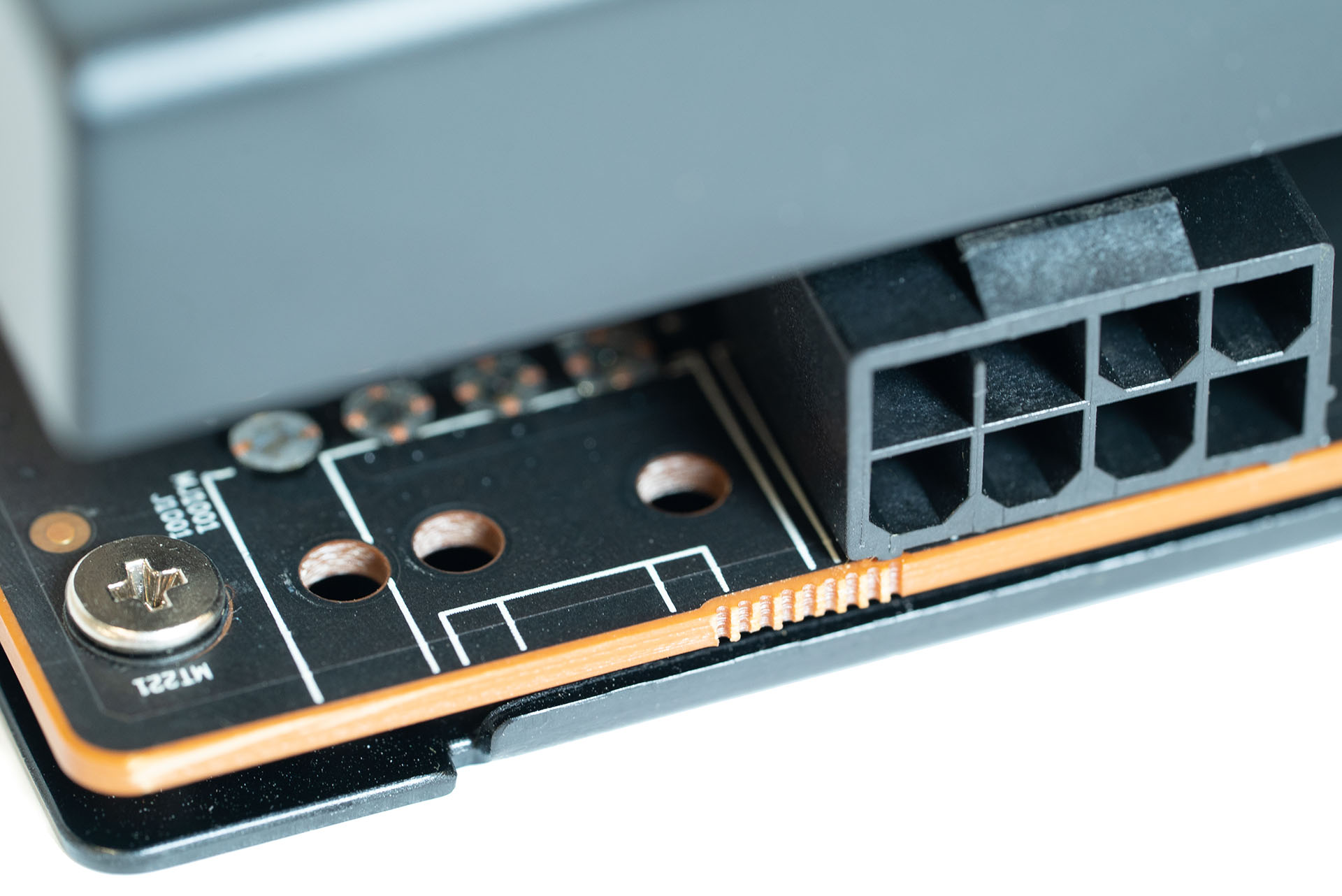
If the RX 5600 XT tickles your fancy, the PowerColor Red Dragon comes recommended. It has all the features we look for in third-party cards, in particular an impressive noise profile and a zero RPM fan mode; good cooling on the GPU, memory, and VRMs; and a neat and tidy design that incorporates a metal backplate. Doubt has been cast on running the RX 5600 XT with 14Gbps memory, which is largely the fault of AMD’s last-minute VBIOS guidelines, but we had zero issues ourselves, and all things considered it doesn’t seem to increase the risk of a faulty product beyond the norm. The Red Dragon is also a good-value implementation of the GPU at current pricing.
By motivating an RTX 2060 price cut, the RX 5600 XT launch, messy as it was, has improved the sub-£300 market dramatically. Whatever way you cut it, gamers now have many good choices with this budget. The exact GPU and SKU you choose will of course come down to preferences and priorities, but the PowerColor RX 5600 XT Red Dragon certainly fits the bill for a cool, quiet, and powerful 1080p graphics card.


MSI MPG Velox 100R Chassis Review
October 14 2021 | 15:04

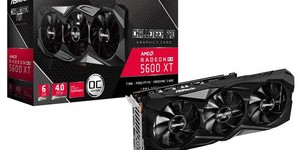
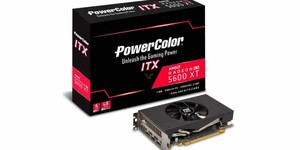
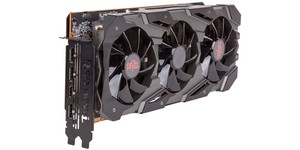




Want to comment? Please log in.